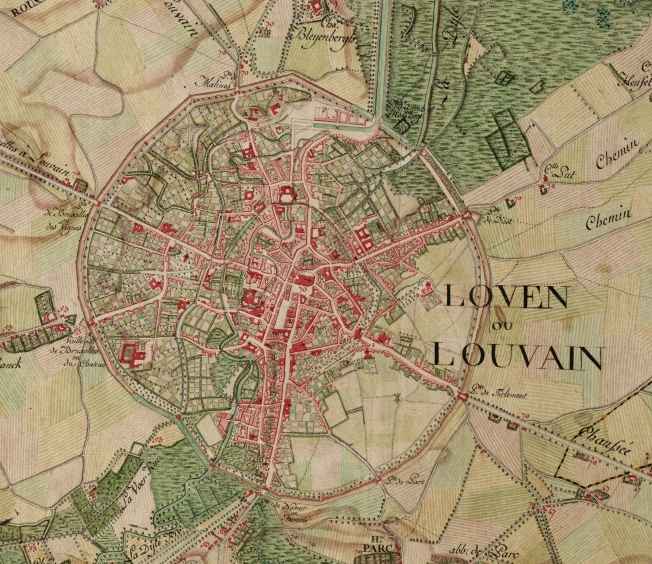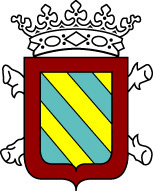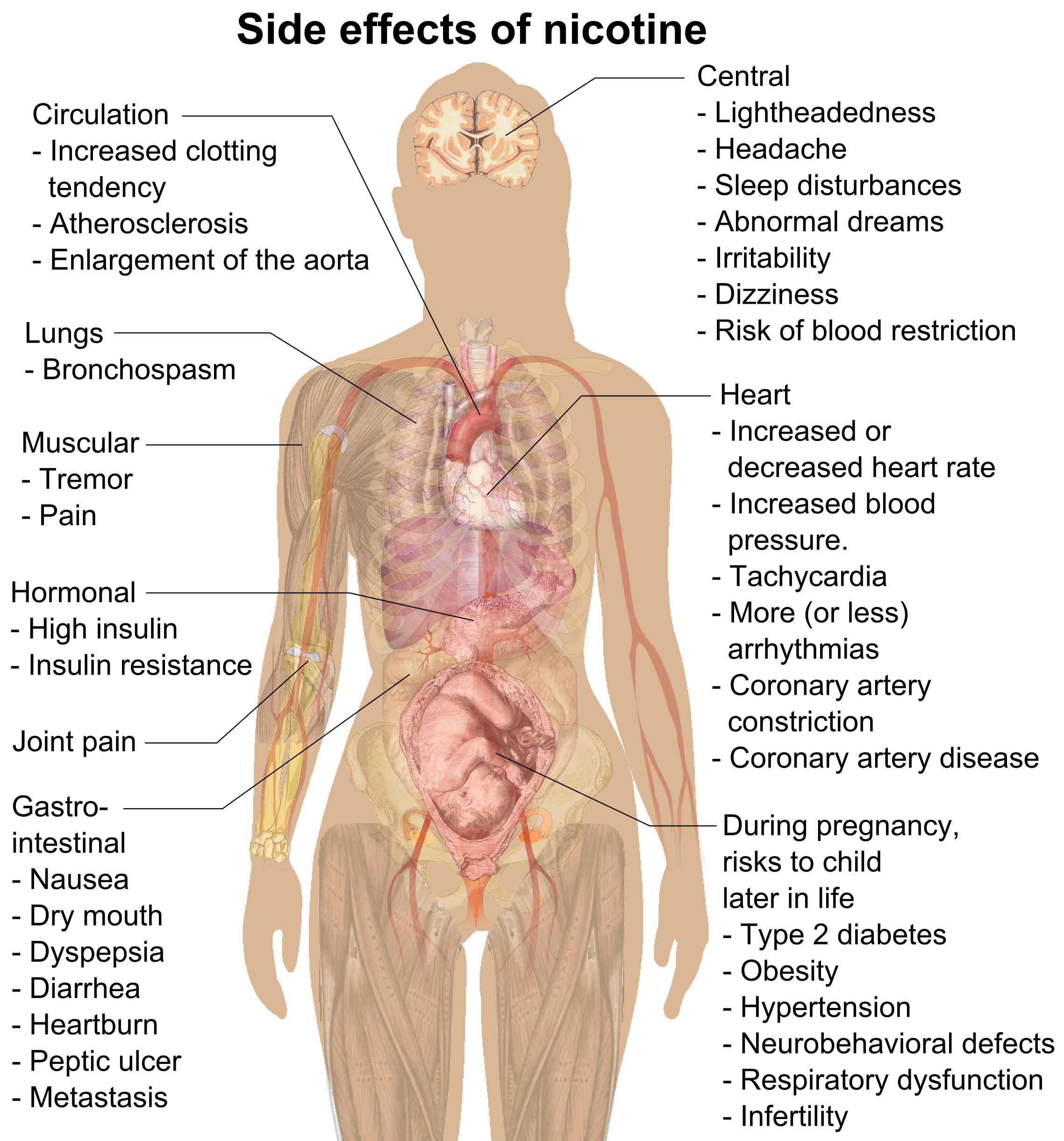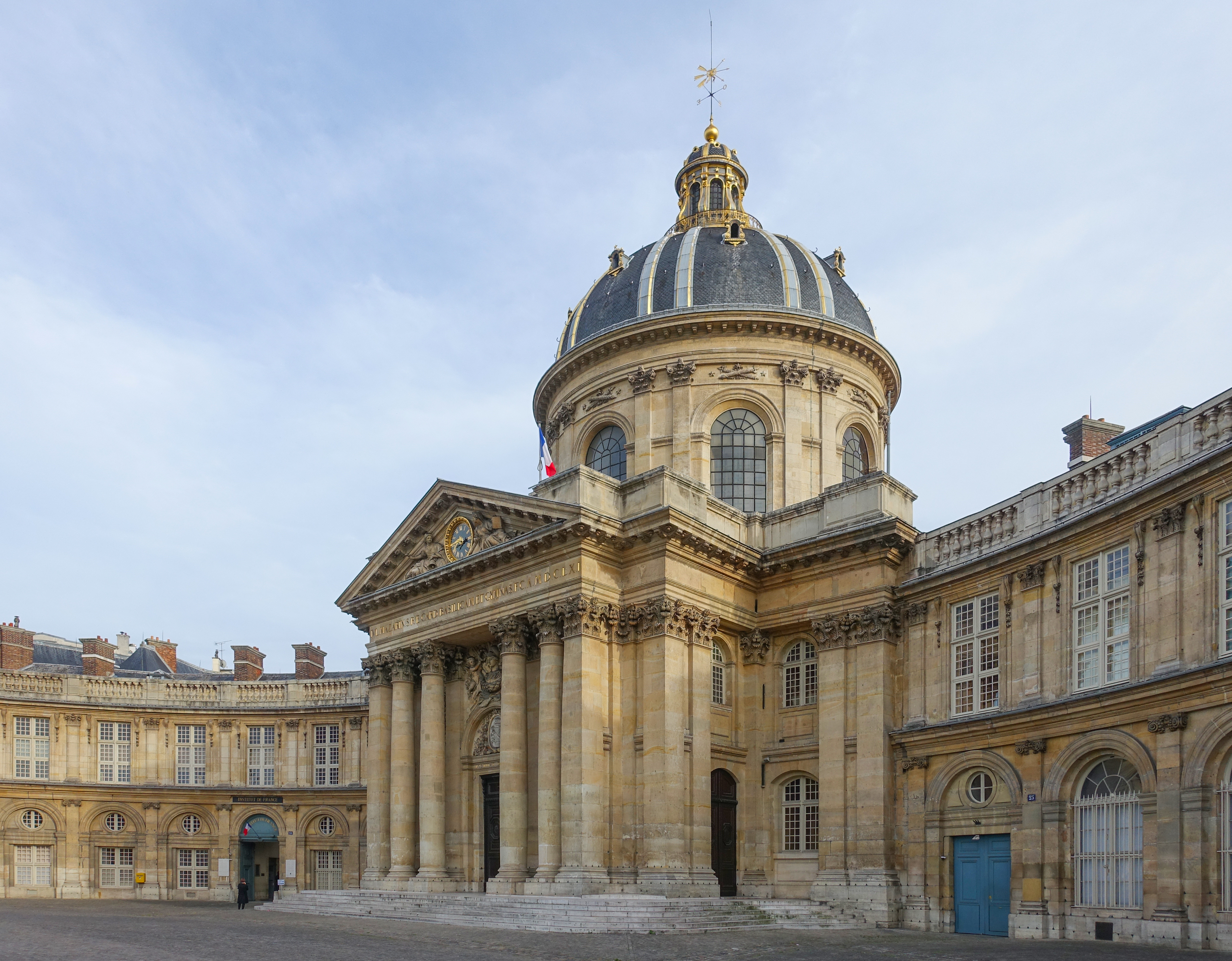|
Jean Stas
Jean Servais Stas (21 August 1813 – 13 December 1891) was a Belgian analytical chemist who co-discovered the atomic weight of carbon. Life and work Stas was born in Leuven and trained initially as a physician. He later switched to chemistry and worked at the École Polytechnique in Paris under the direction of Jean-Baptiste Dumas. Stas and Dumas established the atomic weight of carbon by weighing a sample of the pure material, burning it in pure oxygen, and then weighing the carbon dioxide produced. In 1840, Stas was appointed professor at the Royal Military School in Brussels. He acquired international fame by determining the atomic weights of the elements more accurately than had ever been done before, using an atomic mass of 16 for oxygen as his standard. His results disproved the hypothesis of the English physicist William Prout that all atomic weights must be integer multiples of that of hydrogen. These careful, accurate atomic weight measurements of Stas helped la ... [...More Info...] [...Related Items...] OR: [Wikipedia] [Google] [Baidu] |
Leuven
Leuven (, ) or Louvain (, , ; german: link=no, Löwen ) is the capital and largest City status in Belgium, city of the Provinces of Belgium, province of Flemish Brabant in the Flemish Region of Belgium. It is located about east of Brussels. The municipality itself comprises the historic city and the deelgemeente, former neighbouring municipalities of Heverlee, Kessel-Lo, a part of Korbeek-Lo, Wilsele and Wijgmaal. It is the eighth largest city in Belgium, with more than 100,244 inhabitants. KU Leuven, Belgium's largest university, has its flagship campus in Leuven, which has been a university city since 1425. This makes it the oldest university city in the Low Countries. The city is home of the headquarters of Anheuser-Busch InBev, the world's largest beer brewer and sixth-largest fast-moving consumer goods company. History Middle Ages The earliest mention of Leuven (''Loven'') dates from 891, when a Viking army was defeated by the Franks, Frankish king Arnulf of Carinthia ... [...More Info...] [...Related Items...] OR: [Wikipedia] [Google] [Baidu] |
William Prout
William Prout FRS (; 15 January 1785 – 9 April 1850) was an English chemist, physician, and natural theologian. He is remembered today mainly for what is called Prout's hypothesis. Biography Prout was born in Horton, Gloucestershire in 1785 and educated at 17 years of age by a clergyman, followed by the Redland Academy at Bristol and Edinburgh University, where he graduated in 1811 with an MD. His professional life was spent as a practising physician in London, but he also occupied himself with chemical research. He was an active worker in biological chemistry and carried out many analyses of the secretions of living organisms, which he believed were produced by the breakdown of bodily tissues. In 1823, he discovered that stomach juices contain hydrochloric acid, which can be separated from gastric juice by distillation. In 1827, he proposed the classification of substances in food into sugars and starches, oily bodies, and albumen, which would later become known as ca ... [...More Info...] [...Related Items...] OR: [Wikipedia] [Google] [Baidu] |
Royal Academies For Science And The Arts Of Belgium
The Royal Academies for Science and the Arts of Belgium (RASAB) is a non-governmental association which promotes and organises science and the arts in Belgium by coordinating the national and international activities of its constituent academies such as the National Scientific Committees and the representation of Belgium in international scientific organisations. RASAB was formed as a non-profit organization ( Association without lucrative purpose) in 2001 by the Dutch-speaking academy KVAB (Koninklijke Vlaamse Academie van België voor Wetenschappen en Kunsten i.e. ''Royal Flemish Academy of Belgium for Science and the Arts'') and by the French-speaking academy ARB ( i.e. ''The Royal Academy of Science, Letters and Fine Arts of Belgium''). The association is headquartered in the buildings of the former Royal Stables at the Academy Palace, Hertogsstraat 1 Rue Ducale B-1000 Brussels. History Academies RASAB was founded in 2001 by the two Belgian academies which are connect ... [...More Info...] [...Related Items...] OR: [Wikipedia] [Google] [Baidu] |
Royal Society Of London
The Royal Society, formally The Royal Society of London for Improving Natural Knowledge, is a learned society and the United Kingdom's national academy of sciences. The society fulfils a number of roles: promoting science and its benefits, recognising excellence in science, supporting outstanding science, providing scientific advice for policy, education and public engagement and fostering international and global co-operation. Founded on 28 November 1660, it was granted a royal charter by Charles II of England, King Charles II as The Royal Society and is the oldest continuously existing scientific academy in the world. The society is governed by its Council, which is chaired by the Society's President, according to a set of statutes and standing orders. The members of Council and the President are elected from and by its Fellows, the basic members of the society, who are themselves elected by existing Fellows. , there are about 1,700 fellows, allowed to use the postnominal ti ... [...More Info...] [...Related Items...] OR: [Wikipedia] [Google] [Baidu] |
Monetary Policy
Monetary policy is the policy adopted by the monetary authority of a nation to control either the interest rate payable for very short-term borrowing (borrowing by banks from each other to meet their short-term needs) or the money supply, often as an attempt to reduce inflation or the interest rate, to ensure price stability and general trust of the value and stability of the nation's currency. Monetary policy is a modification of the supply of money, i.e. "printing" more money, or decreasing the money supply by changing interest rates or removing excess reserves. This is in contrast to fiscal policy, which relies on taxation, government spending, and government borrowing as methods for a government to manage business cycle phenomena such as recessions. Further purposes of a monetary policy are usually to contribute to the stability of gross domestic product, to achieve and maintain low unemployment, and to maintain predictable exchange rates with other currencies. ... [...More Info...] [...Related Items...] OR: [Wikipedia] [Google] [Baidu] |
Nicotine
Nicotine is a naturally produced alkaloid in the nightshade family of plants (most predominantly in tobacco and '' Duboisia hopwoodii'') and is widely used recreationally as a stimulant and anxiolytic. As a pharmaceutical drug, it is used for smoking cessation to relieve withdrawal symptoms. Nicotine acts as a receptor agonist at most nicotinic acetylcholine receptors (nAChRs), except at two nicotinic receptor subunits ( nAChRα9 and nAChRα10) where it acts as a receptor antagonist. Nicotine constitutes approximately 0.6–3.0% of the dry weight of tobacco. Nicotine is also present at ppb-concentrations in edible plants in the family Solanaceae, including potatoes, tomatoes, and eggplants, though sources disagree on whether this has any biological significance to human consumers. It functions as an antiherbivore toxin; consequently, nicotine was widely used as an insecticide in the past, and neonicotinoids (structurally similar to nicotine), such as imidaclopri ... [...More Info...] [...Related Items...] OR: [Wikipedia] [Google] [Baidu] |
Hippolyte Visart De Bocarmé
Hippolyte Visart de Bocarmé (Weltevreden, Java 14 June 1818 – Mons, Belgium 19 July 1851) was a Belgian nobleman and convicted murderer. He poisoned his brother-in-law in order to acquire some urgently needed money. In 1851, the chemist Jean Servais Stas proved that Visart de Bocarmé had used nicotine extracted from tobacco leaves as poison. This was the first exact proof of alkaloids in forensic medicine. Life Hippolyte Visart de Bocarmé descended from the Belgian noble family Visart de Bocarmé. His father was Julien Visart de Bocarmé (1787–1851) and his mother Ida du Chasteler (1797–1873). His father was a nephew of Johann-Gabriel, Marquess of Chasteler and Courcelles. Visart de Bocarmé was born aboard a ship heading to Java, where his father had signed to serve as vice-governor. His birth certificate was issued in 1819 in Malaysia. [...More Info...] [...Related Items...] OR: [Wikipedia] [Google] [Baidu] |
Ida Freund
Ida Freund (15 April 1863 – 15 May 1914) was the first woman to be a university chemistry lecturer in the United Kingdom. She is known for her influence on science teaching, particularly the teaching of women and girls. She wrote two key chemistry textbooks and invented the idea of baking periodic table cupcakes, as well as inventing a gas measuring tube which was named after her. Biography Ida Freund was born in Austria. Following the death of her mother, she moved to live with her grandparents in Vienna. In 1881 her grandparents died and she moved to England to live with her uncle and guardian, the violinist Ludwig Straus well known as a member of the Joachim Quartet and leader of the Hallé Orchestra (1875–88). She enrolled at Girton College, achieving a first class honours in the Natural Sciences Tripos course despite having previously had only school level English language skills. She went on to Cambridge Training College for Women as a chemistry lecturer, and one ye ... [...More Info...] [...Related Items...] OR: [Wikipedia] [Google] [Baidu] |
Edward Morley
Edward Williams Morley (January 29, 1838 – February 24, 1923) was an American scientist known for his precise and accurate measurement of the atomic weight of oxygen, and for the Michelson–Morley experiment. Biography Morley was born in Newark, New Jersey, to Anna Clarissa Treat and the Reverend Sardis Brewster Morley. Both parents were of early colonial ancestry and of purely British origin. He grew up in West Hartford, Connecticut. During his childhood, he suffered much from ill health and was therefore educated by his father at home until the age of nineteen. In 1857 Morley entered Williams College at Williamstown, Massachusetts, his father's alma mater. He received his A.B. in 1860 and his master's degree in 1863. Around 1860 he gradually shifted his attention from chemistry, which fascinated him since he was child, to optics and astronomy. In 1860–61 he mounted a transit instrument, constructed a chronograph, and made the first accurate determination of the latitu ... [...More Info...] [...Related Items...] OR: [Wikipedia] [Google] [Baidu] |
Chemical Reaction
A chemical reaction is a process that leads to the chemical transformation of one set of chemical substances to another. Classically, chemical reactions encompass changes that only involve the positions of electrons in the forming and breaking of chemical bonds between atoms, with no change to the nuclei (no change to the elements present), and can often be described by a chemical equation. Nuclear chemistry is a sub-discipline of chemistry that involves the chemical reactions of unstable and radioactive elements where both electronic and nuclear changes can occur. The substance (or substances) initially involved in a chemical reaction are called reactants or reagents. Chemical reactions are usually characterized by a chemical change, and they yield one or more products, which usually have properties different from the reactants. Reactions often consist of a sequence of individual sub-steps, the so-called elementary reactions, and the information on the precise co ... [...More Info...] [...Related Items...] OR: [Wikipedia] [Google] [Baidu] |
Conservation Of Mass
In physics and chemistry, the law of conservation of mass or principle of mass conservation states that for any system closed to all transfers of matter and energy, the mass of the system must remain constant over time, as the system's mass cannot change, so quantity can neither be added nor be removed. Therefore, the quantity of mass is conserved over time. The law implies that mass can neither be created nor destroyed, although it may be rearranged in space, or the entities associated with it may be changed in form. For example, in chemical reactions, the mass of the chemical components before the reaction is equal to the mass of the components after the reaction. Thus, during any chemical reaction and low-energy thermodynamic processes in an isolated system, the total mass of the reactants, or starting materials, must be equal to the mass of the products. The concept of mass conservation is widely used in many fields such as chemistry, mechanics, and fluid dynamics. Hist ... [...More Info...] [...Related Items...] OR: [Wikipedia] [Google] [Baidu] |
Antoine Lavoisier
Antoine-Laurent de Lavoisier ( , ; ; 26 August 17438 May 1794), CNRS ( Centre National de la Recherche Scientifique) also Antoine Lavoisier after the , was a and who was central to the 18th-century [...More Info...] [...Related Items...] OR: [Wikipedia] [Google] [Baidu] |








